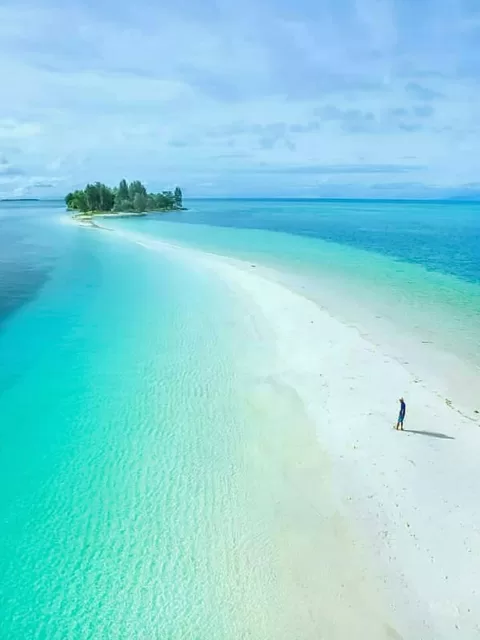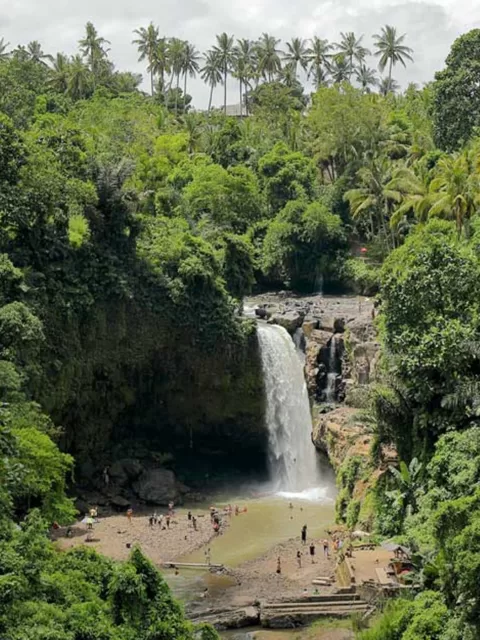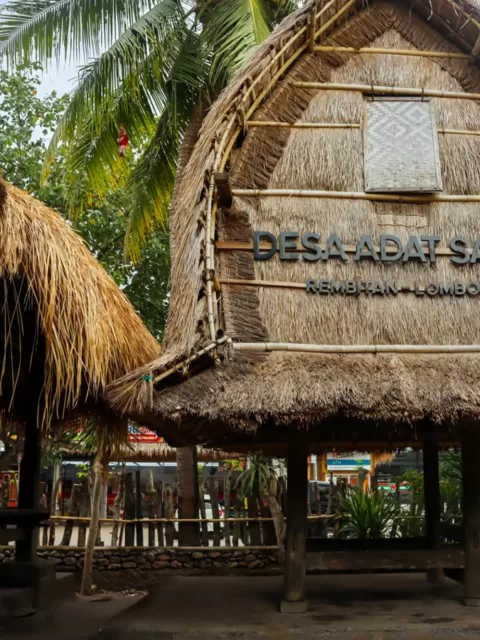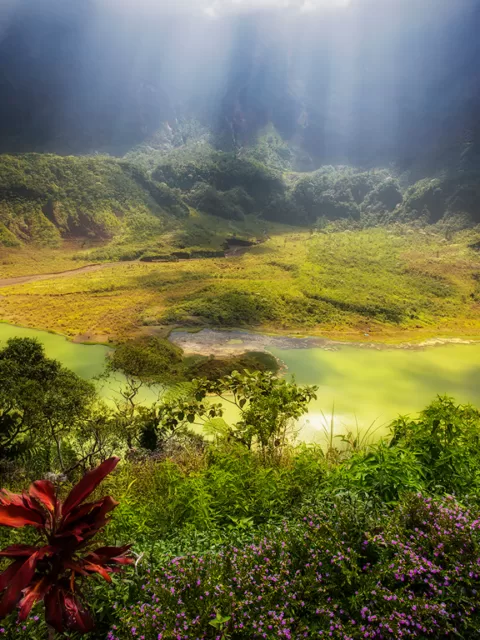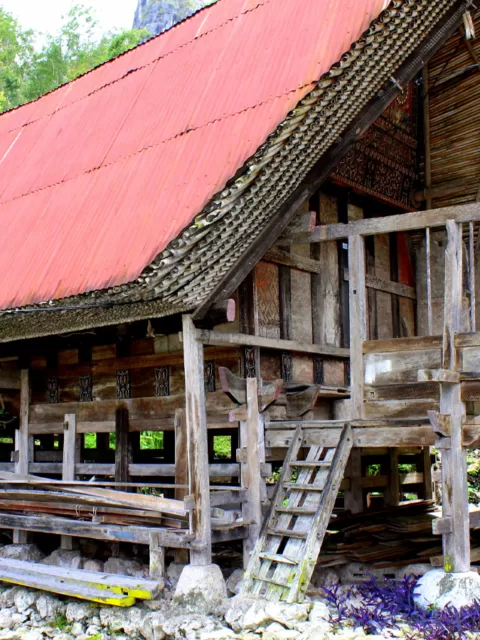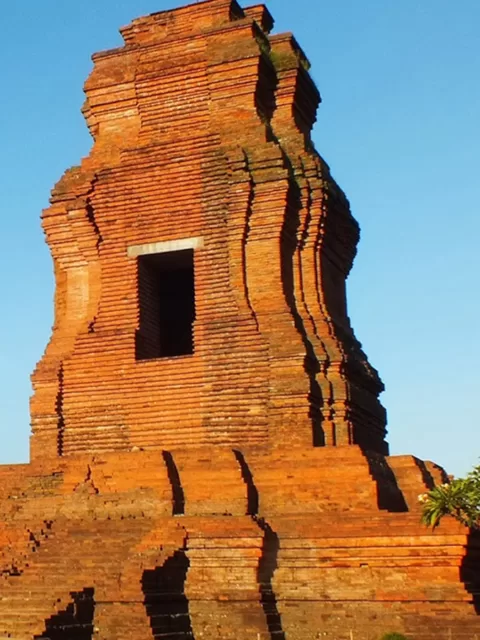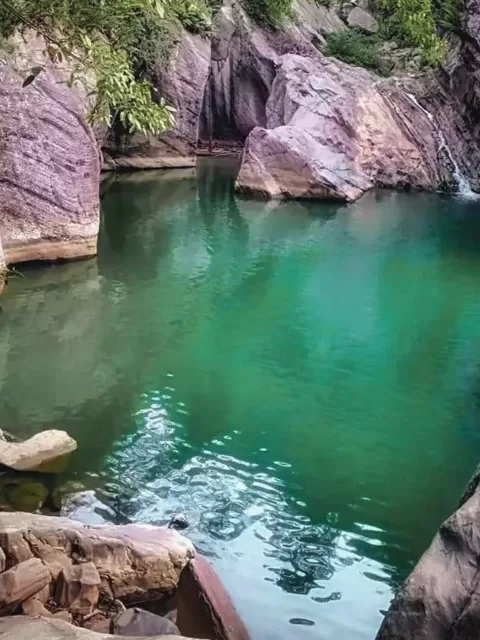History and Heritage Meet in Jakarta Old Town
Jakarta Old Town, also known as Kota Tua, is a historic district in Jakarta, Indonesia. It is the original downtown area of the city and was once the center of Dutch colonial rule in the region. Today, Jakarta Old Town is a popular tourist destination, known for its well-preserved colonial architecture, museums, and vibrant street life.
The Origins of Jakarta Old Town
The history of Jakarta Old Town dates back to the 16th century when it was a small fishing village known as Sunda Kelapa. The Dutch East India Company (VOC) arrived in Sunda Kelapa in 1619 and established a trading post. Over the next few decades, the VOC expanded its presence in the area and eventually built a fortified city around the trading post. This city became known as Batavia and was the capital of the Dutch East Indies for over 300 years.
Batavia was a thriving port city and a major center of trade and commerce. The city was also a melting pot of cultures, with people from all over the world living and working together. This diversity is reflected in the architecture of Jakarta Old Town, which is a unique blend of European and Indonesian styles.
Colonial Architecture and Landmarks in Jakarta Old Town
Jakarta Old Town is home to several iconic colonial-era buildings and landmarks, including:
- Fatahillah Square: This historic square is the heart of Jakarta Old Town and is surrounded by some of the district’s most important buildings, including the Jakarta History Museum and the Fine Arts and Ceramics Museum.

- The Jakarta History Museum: This museum is housed in the former City Hall of Batavia and tells the story of Jakarta’s history, from its humble beginnings as a fishing village to its modern status as the capital of Indonesia.
- The Fine Arts and Ceramics Museum: This museum houses a collection of Indonesian and foreign art, including paintings, sculptures, ceramics, and textiles.
- The Bank Indonesia Museum: This museum is dedicated to the history of banking in Indonesia and houses a collection of coins, banknotes, and other banking artifacts.
- The Maritime Museum: This museum tells the story of Indonesia’s maritime history and houses a collection of ships, boats, and other maritime artifacts.
Cultural and Historical Museums
In addition to its colonial architecture, Jakarta Old Town is also home to several cultural and historical museums, including:
- The Museum of Puppetry: This museum houses a collection of Indonesian puppets and tells the story of the art of puppetry in Indonesia.
- The Museum of Textiles: This museum houses a collection of traditional Indonesian textiles and tells the story of the history and development of textile-making in Indonesia.
- The Museum of Wayang: This museum houses a collection of wayang kulit, or shadow puppets, and tells the story of the art of wayang kulit performance.

- The Museum of the Old Town: This museum is dedicated to the history of Jakarta Old Town and houses a collection of photographs, maps, and other artifacts related to the district.
The Lively Atmosphere of Jakarta Old Town
Jakarta Old Town is a vibrant and lively district with a lot to offer visitors. The district is home to many traditional markets, street food stalls, and local craft shops. There are also some restaurants, cafes, and bars in the district, making it a great place to relax and soak up the atmosphere.
Jakarta Old Town also hosts some events and festivals throughout the year, including the Jakarta Old Town Festival and the Chinese New Year celebrations. These events are a great way to experience the district’s unique culture and heritage.
Preservation and Conservation Efforts
Jakarta Old Town is a living heritage site and its historic buildings and cultural treasures are an important part of Indonesia’s national identity. However, the district is also facing several challenges, including urban development, pollution, and climate change.
There are some initiatives underway to preserve and conserve Jakarta’s Old Town. The government has designated the district as a special heritage zone and has implemented many conservation measures, such as restoring historic buildings and restricting the construction of new buildings in the area.

There are also several non-profit organizations working to protect Jakarta Old Town’s heritage. These organizations work to raise awareness of the district’s importance, promote conservation efforts, and support local communities.
Visiting Jakarta Old Town: Practical Information
Jakarta Old Town is located in the heart of Jakarta and is easily accessible by public transportation. The district is also close to some hotels and restaurants.
Most of the museums and attractions in Jakarta Old Town are open to the public from Tuesday to Sunday. Admission fees are generally reasonable.
Here are some tips for a memorable and educational visit to Jakarta’s Old Town:
- Plan your trip ahead of time
Make a list of the museums, attractions, and restaurants you want to visit. This will help you make the most of your time in the district.
- Wear comfortable shoes
There is a lot to see and do in Jakarta Old Town, so you will be doing a lot of walking. Wear comfortable shoes so that you can enjoy your visit without having to worry about your feet hurting.

- Take your time
Don’t try to rush your visit. Jakarta Old Town is a place to be savored. Take your time to explore the district’s streets, buildings, and museums.
- Talk to the locals
The people who live and work in Jakarta Old Town are a wealth of knowledge. Talk to them to learn more about the district’s history, culture, and current events.
- Be respectful
Jakarta Old Town is a living heritage site. Be respectful of the district’s buildings, monuments, and people.
Here are some additional tips that may help make your visit to Jakarta Old Town more educational:
- Take a guided tour
Some companies offer guided tours of Jakarta’s Old Town. These tours can provide you with a deeper understanding of the district’s history and heritage.
- Visit the museums
Jakarta Old Town is home to some museums that tell the story of the district’s history and culture. Be sure to visit at least one of these museums during your visit.
- Attend a cultural event
Jakarta Old Town hosts several cultural events throughout the year, such as festivals, exhibitions, and performances. Attending one of these events is a great way to experience the district’s culture firsthand.
- Do some research before your visit
Read books and articles about Jakarta’s Old Town to learn more about its history and culture. This will help you to get the most out of your visit.
Final Thoughts
Jakarta Old Town is a unique and fascinating district that offers visitors a glimpse into the city’s rich history and heritage. The district is home to well-preserved colonial architecture, museums, and a vibrant street life.

I encourage visitors to explore Jakarta Old Town and experience this living heritage site where history and heritage truly meet. There is so much to see and do in the district, from visiting museums and exploring historic buildings to simply wandering the streets and soaking up the atmosphere.
Here are some specific things that visitors can do to make the most of their visit:
- Visit the Jakarta History Museum to learn about the city’s history from its humble beginnings as a fishing village to its modern status as the capital of Indonesia.
- Explore Fatahillah Square, the heart of Jakarta’s Old Town, and admire the surrounding colonial architecture.
- Visit the Museum of Puppetry to learn about the art of puppetry in Indonesia and see a collection of Indonesian puppets.
- Visit the Museum of Textiles to learn about the history and development of textile-making in Indonesia.
- Visit the Museum of Wayang to learn about the art of wayang kulit performance and see a collection of wayang kulit shadow puppets.
- Explore the traditional markets and street food stalls in the district and sample some of the delicious local cuisine.
- Visit one of the many cafes or bars in the district and relax and soak up the atmosphere.
- Attend one of the many events and festivals that are held in the district throughout the year.



